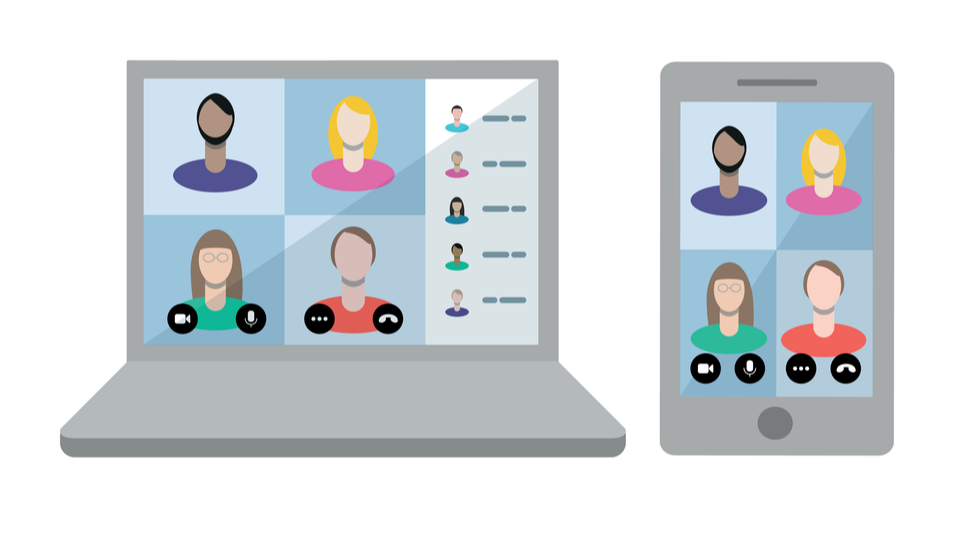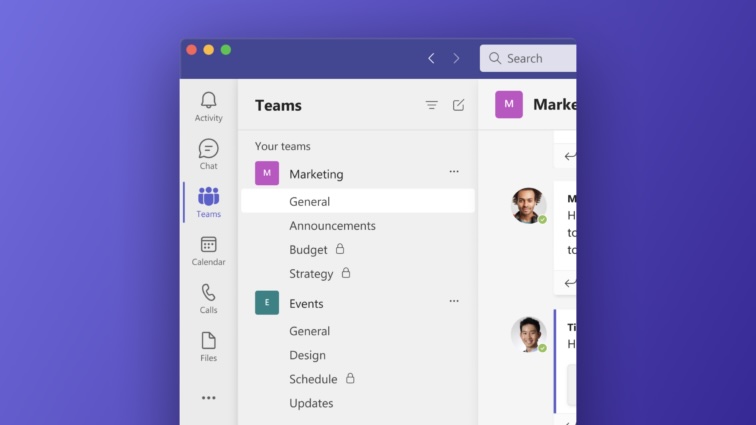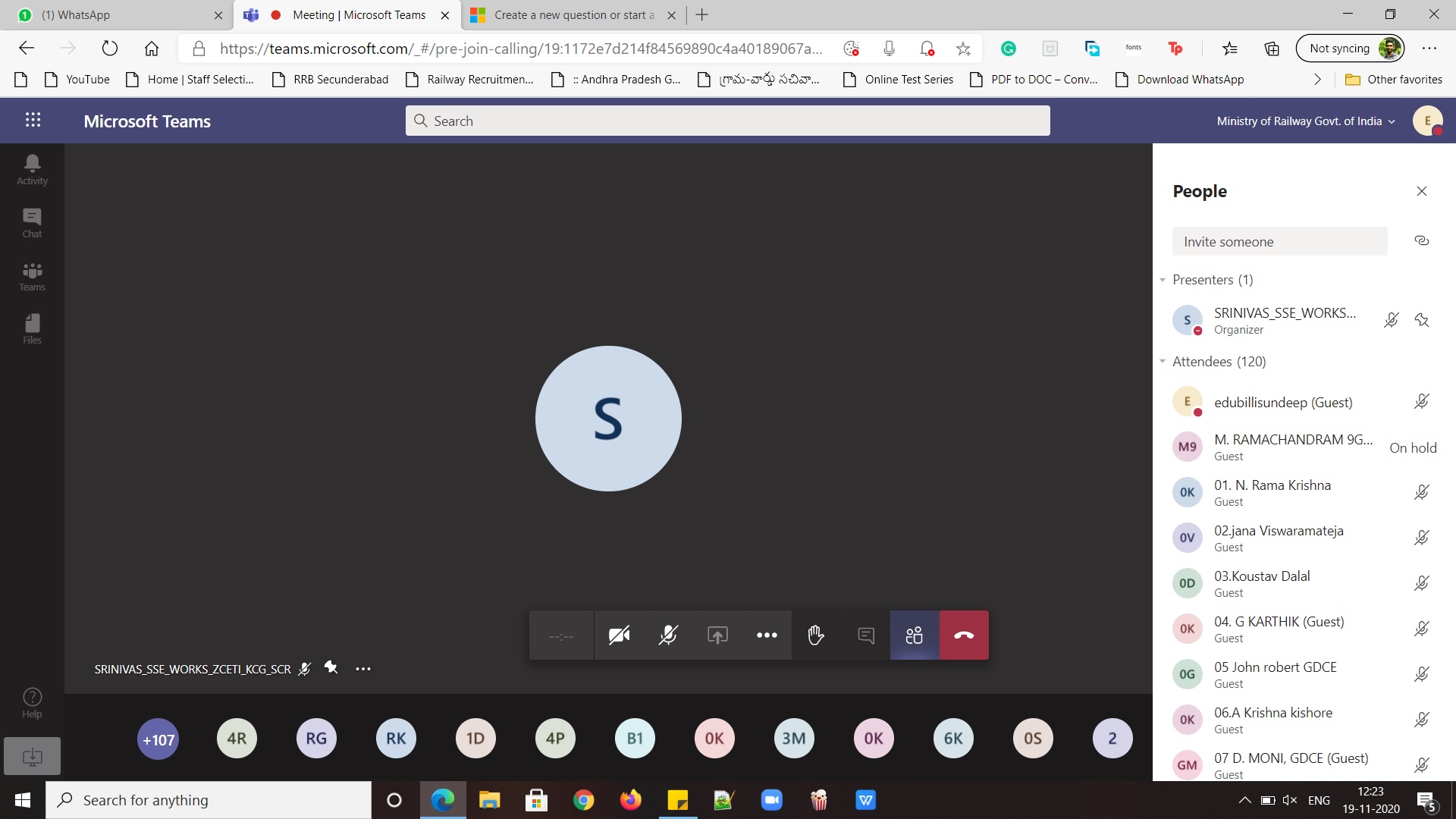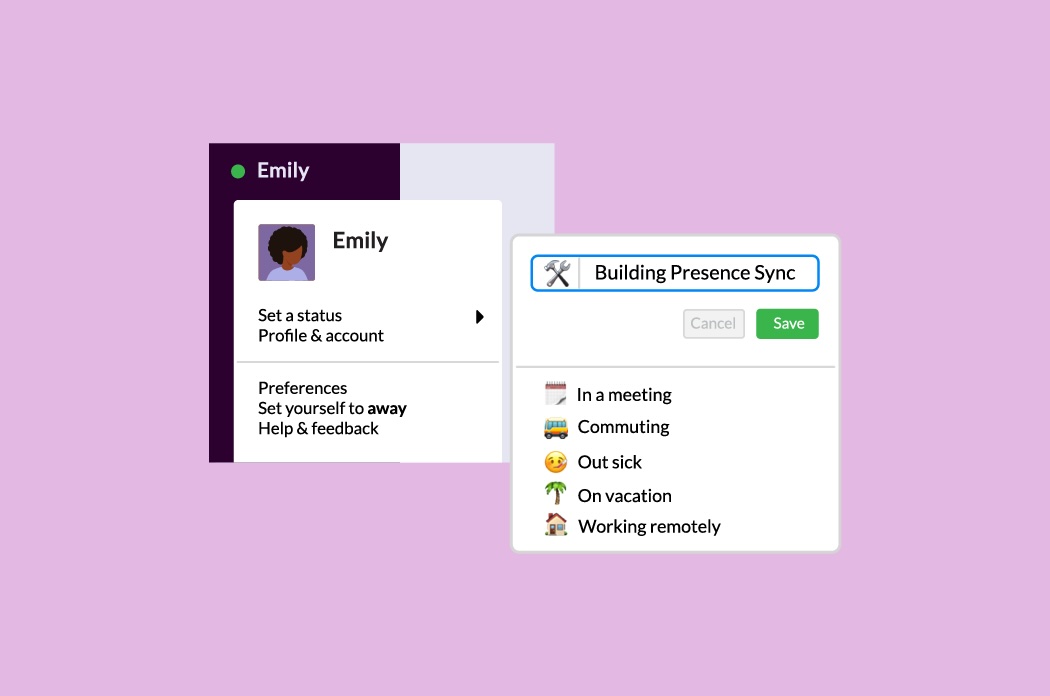Microsoft Teams vs Slack: Which video collaboration service is best?
Should you choose Microsoft Teams or Slack?

Following the outbreak of the COVID-19 pandemic, the market for video conferencing and collaboration tools experienced significant growth. Although things have essentially returned to normal, these digital tools have remained popular due to their convenience and ease of use. In this context, two of the most widely used communication platforms are Microsoft Teams and Slack.
As many organizations adopt a hybrid working model that allows employees to split their time between the office and home, remote communication tools like Slack and Teams are likely to continue playing a significant role in the workplace for years to come—something their developers are certainly hoping for.
But how should businesses decide between Teams and Slack, especially since both platforms offer high-quality services? While the two programs may appear similar initially, a closer comparison reveals some key differences.
In this guide, we have gathered all the information you need to determine whether Teams or Slack is the best choice for your business, comparing plans and pricing, features, security, and more.
Microsoft Teams vs Slack: features

The modern workplace relies on Microsoft Teams and Slack for collaboration platform services among its employees. Each has unique strengths.
Microsoft Teams offers complete integration with its ecosystem, which is necessary for organizations already using Microsoft 365 applications such as Word, Excel, and PowerPoint. The integration provides a seamless workflow because users can share files from OneDrive and schedule meetings through Outlook while using other Microsoft tools from within the platform. Larger organizations that demand strong video conferencing capabilities, including webinars and breakout rooms, find Microsoft Teams particularly well-suited. These features make effective communication across distributed teams possible.
Slack earns its reputation through its extensive app connections, which enable users to link their workflow with multiple third-party tools and services. Customization of workspace functions enables teams to create their workspace based on their workflow requirements. The platform shows high customizability through its adaptable design, including custom channels, organized conversation threads, and a user-friendly approach. Startups alongside creative teams favor a relaxed workplace structure that matches Slack's casual nature. The search capabilities in Slack allow power users to locate past conversations together with files and information quickly, which boosts their productivity.
Are you a pro? Subscribe to our newsletter
Sign up to the TechRadar Pro newsletter to get all the top news, opinion, features and guidance your business needs to succeed!
Microsoft Teams and Slack deliver standard collaboration features such as instant messaging, file sharing, and video communication capabilities. Microsoft Teams has become the superior choice for organizations already using Microsoft products, yet Slack is the preferred platform for teams requiring flexibility and broad integration capabilities. Organizations can choose the best platform for their needs when they understand each system’s distinctive benefits and strengths.
Microsoft Teams vs Slack: plans and pricing

The pricing plans of Microsoft Teams and Slack are comprehensive and suitable for various organizational requirements.
Microsoft Teams is usually free as part of a Microsoft 365 subscription, making it more valuable for organizations already using Microsoft products. For example, the Business Basic plan includes Teams and other essential applications like Word, Excel, and OneDrive, making it a one-stop solution for all collaboration and productivity needs.
The Business Standard plan is further enhanced by including desktop and web versions of Office applications, which benefits large businesses that require more advanced tools. It also has a perfect integration with other Microsoft products, such as SharePoint and OneDrive, making it easier to share documents and collaborate.
On the other hand, Slack has a more simplified and easier-to-understand pricing strategy centered around messaging and collaboration features. The Pro plan has additional features such as unlimited message history, more app integration, and group video calling. For instance, the Business+ plan has features like improved security settings, compliance archiving, and 24/7 dedicated support services. The design of the interface is very user-friendly, and one can easily find their way around to the channels to get quick access to them, which is why Slack is so popular with teams focused on real-time communication
Both platforms offer free versions with some limitations that are enough for small businesses or organizations to try out the tools and determine their effectiveness. For example, the basic version of Teams permits users to have meetings for up to 60 minutes. It has limited storage; however, Slack’s free plan has a limited message history of 90 days and no custom integrations.
The choice between Teams and Slack should be based on the organization’s current software infrastructure, the number of workers, and the collaboration requirements. Teams will suit small, medium, or large businesses already using Microsoft products. At the same time, Slack will be ideal for companies needing a dedicated communication tool with a more straightforward interface. Each platform has advantages; the best one will vary with the organization’s goals and objectives.
Microsoft Teams vs Slack: security

Both Microsoft Teams and Slack offer strong security features, though their approaches differ. Microsoft Teams leverages the comprehensive security of the Microsoft 365 ecosystem, providing data encryption in transit and at rest, multi-factor authentication, and integration with advanced tools like Defender for Office 365. Teams allows granular control over user access, enabling tailored security policies.
Slack emphasizes a secure infrastructure and compliance with industry standards, offering data encryption, two-factor authentication, and single sign-on, along with adherence to certifications like ISO 27001 and SOC 2. It also provides security dashboards and audit logs for monitoring risks. Both platforms create secure collaboration environments, but the best fit depends on an organization’s infrastructure and security needs.
Microsoft Teams vs Slack: support

Microsoft Teams and Slack both offer a variety of support options to their users, though their primary methods differ slightly.
Microsoft Teams, being part of the Microsoft 365 suite, leans heavily on its online resources and the Microsoft 365 admin center for support. Administrators can submit service requests and often receive a call back from support. They also have a strong presence on Twitter (@MicrosoftHelps) and offer 24/7 support chat through their Help Center website.
Slack, on the other hand, focuses more on self-service resources and community support. Their Help Center is extensive, and they have a strong community forum where users can help each other. While they do offer email support, they don't have a dedicated phone line for general inquiries. However, for larger enterprise clients, Slack does provide more personalized support options, including dedicated account managers and faster response times.
Ultimately, both platforms offer a range of support options to cater to different user needs, but Microsoft Teams tends to be more direct with its support channels, while Slack emphasizes self-sufficiency and community engagement.
Microsoft Teams vs Slack: verdict
The choice between Microsoft Teams and Slack often depends on an organization's existing technology stack and specific needs. Microsoft Teams integrates seamlessly with the Microsoft 365 suite, making it a natural choice for organizations already using that ecosystem. Its strong integration with other Microsoft applications, comprehensive administrative controls, and focus on enterprise-grade security often make it preferred by larger companies with complex IT requirements.
On the other hand, Slack features a user-friendly interface, extensive app integrations, and strong community features, making it an excellent fit for smaller, more agile teams or those prioritizing a highly customizable and collaborative environment.
While both platforms offer robust communication and collaboration tools, the best choice ultimately depends on aligning each platform's strengths with the organization’s or team’s specific needs and priorities.
Barclay has been writing about technology for a decade, starting out as a freelancer with ITProPortal covering everything from London’s start-up scene to comparisons of the best cloud storage services. After that, he spent some time as the managing editor of an online outlet focusing on cloud computing, furthering his interest in virtualization, Big Data, and the Internet of Things.
You must confirm your public display name before commenting
Please logout and then login again, you will then be prompted to enter your display name.
